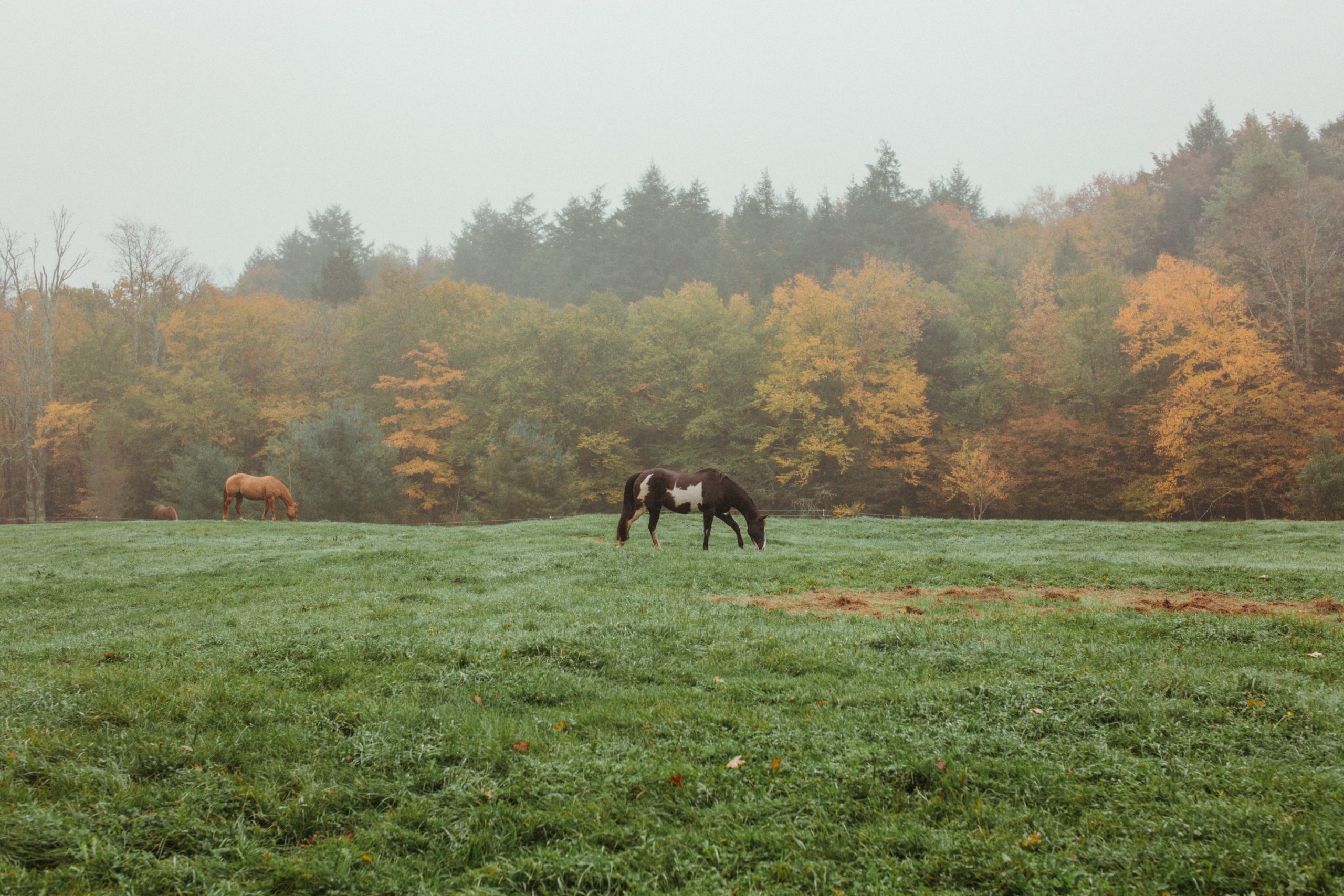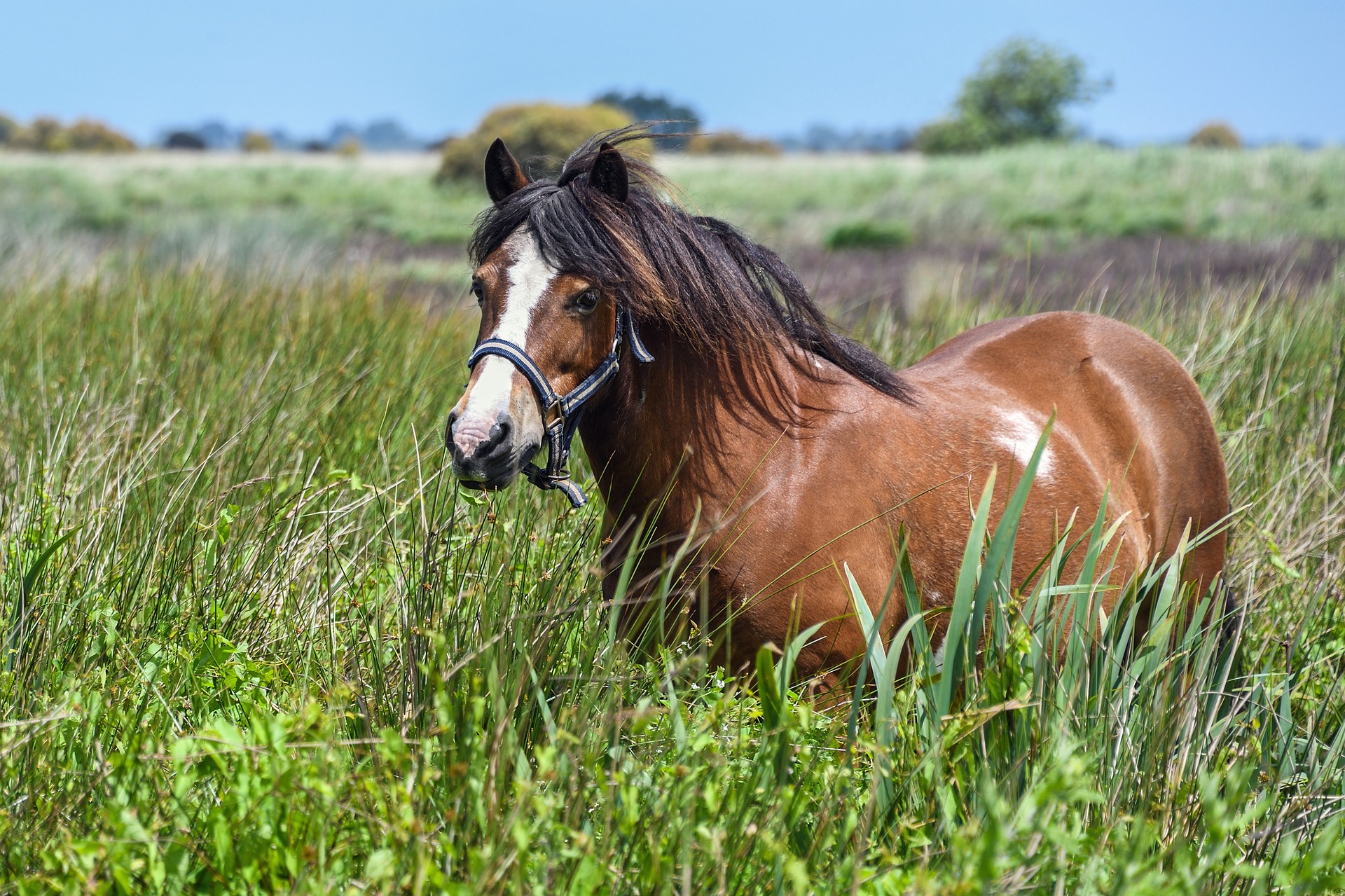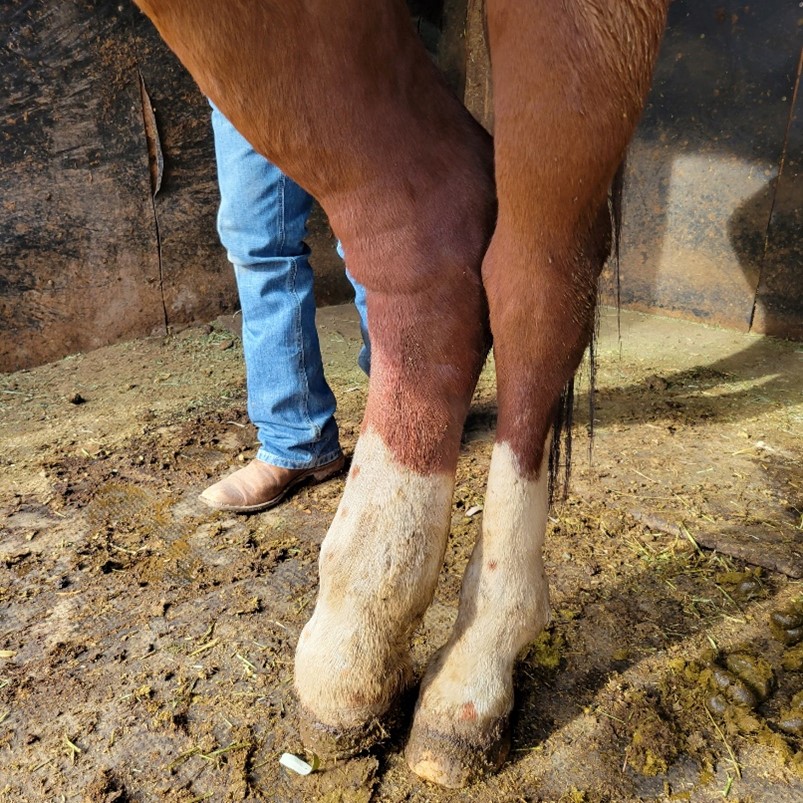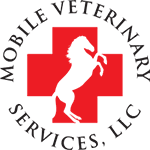 Most horse owners have heard about equine Cushings disease and are familiar with some of the common clinical signs: a long curly haircoat, delayed shedding, topline loss, pot-bellied appearance, and sometimes laminitis. Additional signs include recurrent infections,...
Most horse owners have heard about equine Cushings disease and are familiar with some of the common clinical signs: a long curly haircoat, delayed shedding, topline loss, pot-bellied appearance, and sometimes laminitis. Additional signs include recurrent infections,...
 Thirty years ago, laminitis was usually a career-ending diagnosis, if not a life-ending one. Aside from mechanical support and pain management, little was known about the contributing factors associated with laminitis and the multitude of clinical factors that...
Thirty years ago, laminitis was usually a career-ending diagnosis, if not a life-ending one. Aside from mechanical support and pain management, little was known about the contributing factors associated with laminitis and the multitude of clinical factors that...
 Last night when you fed your horse you didn’t notice any issues as you performed your quick “once over” before rushing back out the barn door. But this morning they have a severely swollen leg, and they are hobbling around. What happened? The list of...
Last night when you fed your horse you didn’t notice any issues as you performed your quick “once over” before rushing back out the barn door. But this morning they have a severely swollen leg, and they are hobbling around. What happened? The list of...
 Sometimes when we as horseman see our horses on a routine basis, it can be easy to overlook that thickened, cresty neck or the fat pads that have developed on either side of their tail head. We recognize that it has been quite a while since we’ve been able to palpate...
Sometimes when we as horseman see our horses on a routine basis, it can be easy to overlook that thickened, cresty neck or the fat pads that have developed on either side of their tail head. We recognize that it has been quite a while since we’ve been able to palpate...
 At what age is a horse considered geriatric or senior? Does owning a senior horse mean that he must eat a feed labeled as a “senior” feed? As always, the answer is, it depends. Our horses are living longer lives than ever, thanks to an evolving understanding of the...
At what age is a horse considered geriatric or senior? Does owning a senior horse mean that he must eat a feed labeled as a “senior” feed? As always, the answer is, it depends. Our horses are living longer lives than ever, thanks to an evolving understanding of the...








